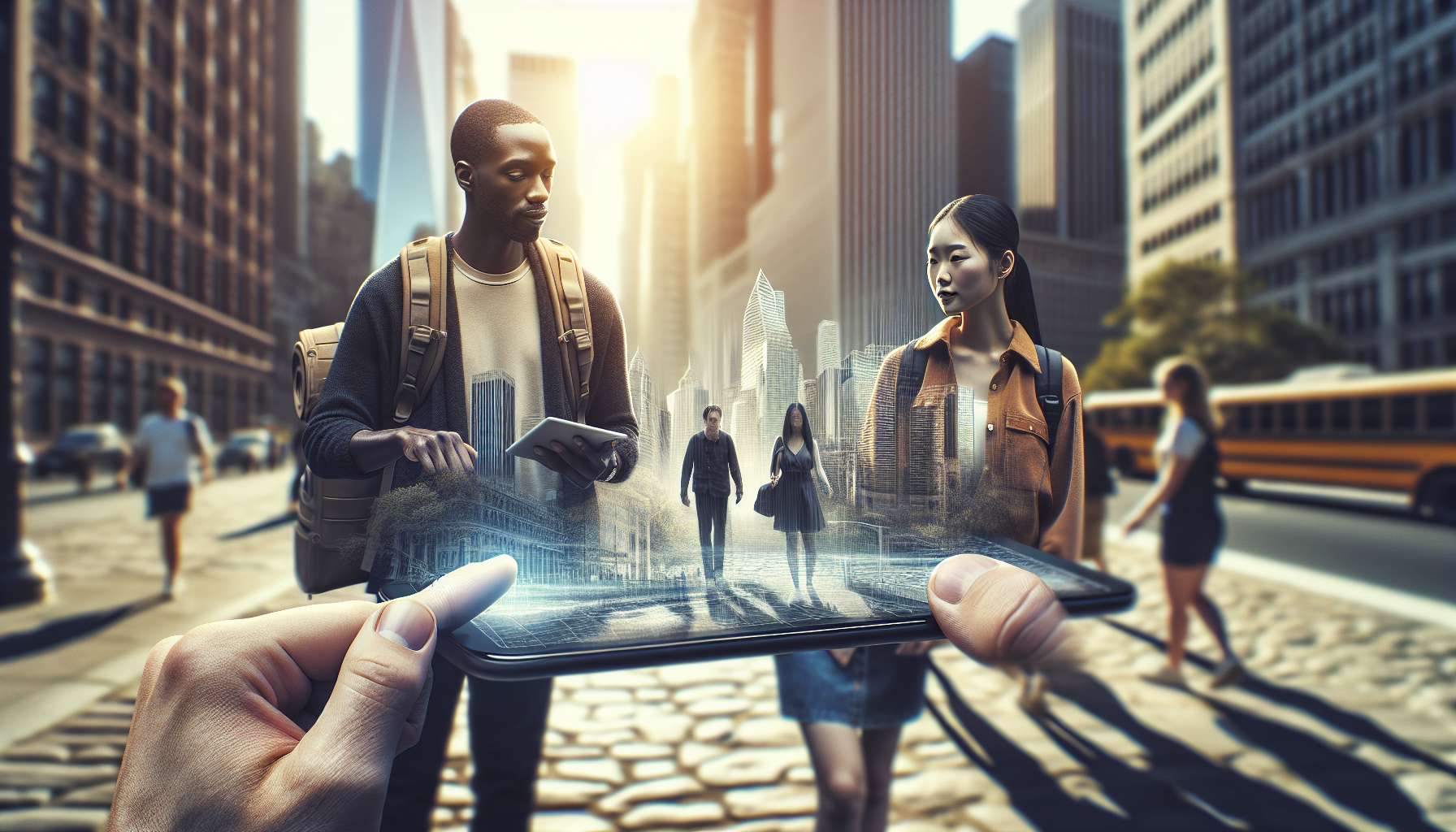Revolutionizing the Tour Guide Experience with Augmented Reality
Imagine exploring a historical site or a bustling city with a tour guide who can transport you back in time, bring ancient artifacts to life, and make the experience truly immersive. Thanks to the power of augmented reality (AR), this is now becoming a reality. AR is revolutionizing the way tour guides engage with their audience, enhancing storytelling and creating unforgettable experiences.
What is Augmented Reality?
Before we delve into the exciting possibilities of AR for tour guides, let’s quickly define what augmented reality is. AR is a technology that overlays digital information, such as images, videos, and 3D models, onto the real world. It enhances our perception of reality by adding virtual elements that interact with the physical environment.
Enhancing Storytelling with AR
One of the key roles of a tour guide is to captivate their audience with compelling stories and historical facts. AR takes storytelling to a whole new level by allowing tour guides to bring history to life right before their visitors’ eyes. With AR-enabled devices, such as smartphones or smart glasses, tour guides can overlay virtual elements onto real-world locations, providing visual aids and interactive experiences.
For example, imagine visiting an ancient ruin and seeing a virtual reconstruction of how it looked in its prime. The tour guide can explain the significance of each structure, while the audience can explore the virtual model in real-time. This not only enhances understanding but also creates a sense of awe and wonder.
Engaging the Audience
AR also enables tour guides to engage their audience in new and exciting ways. Instead of simply listening to a guide’s narration, visitors can actively participate in the experience. For instance, a tour guide can use AR to create scavenger hunts or interactive quizzes, where visitors must find virtual objects or answer questions based on the surroundings.
Furthermore, AR can provide personalized experiences tailored to each visitor’s interests. By using AR-enabled devices, tour guides can offer different layers of information, allowing visitors to choose the level of detail they want. This customization not only keeps the audience engaged but also ensures that everyone gets the most out of the tour.
Real-World Examples
AR for tour guides is already being implemented in various locations around the world. For instance, the Acropolis Museum in Athens, Greece, uses AR to enhance the visitor experience. Through AR-enabled tablets, visitors can see virtual reconstructions of the ancient artifacts on display, complete with detailed information and interactive features.
In addition, the Smithsonian National Museum of Natural History in Washington, D.C., offers an AR-powered tour called “Skin & Bones.” Visitors can use their smartphones to scan QR codes placed throughout the museum, revealing 3D models and additional information about the exhibits.
The Future of AR for Tour Guides
The potential of AR for tour guides is vast and ever-expanding. As technology continues to advance, we can expect even more immersive and interactive experiences. Imagine holographic tour guides, virtual time travel, and seamless integration of AR into everyday objects like glasses or contact lenses.
AR has the power to transform the way we explore and learn about the world around us. By empowering tour guides with this technology, we can create unforgettable experiences that educate, engage, and inspire visitors. So, the next time you embark on a guided tour, keep an eye out for the exciting possibilities of AR.





